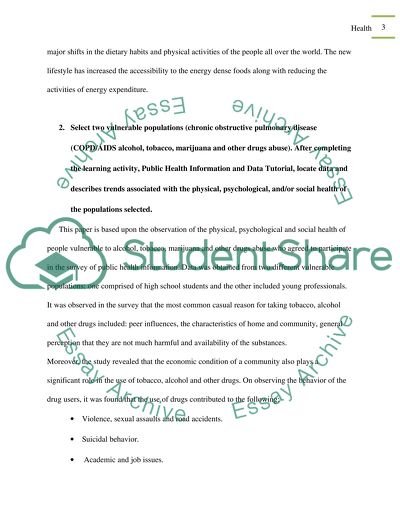Cite this document
(“U.S. Vulnerable Population and Health Policies Essay”, n.d.)
Retrieved from https://studentshare.org/health-sciences-medicine/1400516-us-vulnerable-population-and-health-policies
Retrieved from https://studentshare.org/health-sciences-medicine/1400516-us-vulnerable-population-and-health-policies
(U.S. Vulnerable Population and Health Policies Essay)
https://studentshare.org/health-sciences-medicine/1400516-us-vulnerable-population-and-health-policies.
https://studentshare.org/health-sciences-medicine/1400516-us-vulnerable-population-and-health-policies.
“U.S. Vulnerable Population and Health Policies Essay”, n.d. https://studentshare.org/health-sciences-medicine/1400516-us-vulnerable-population-and-health-policies.


